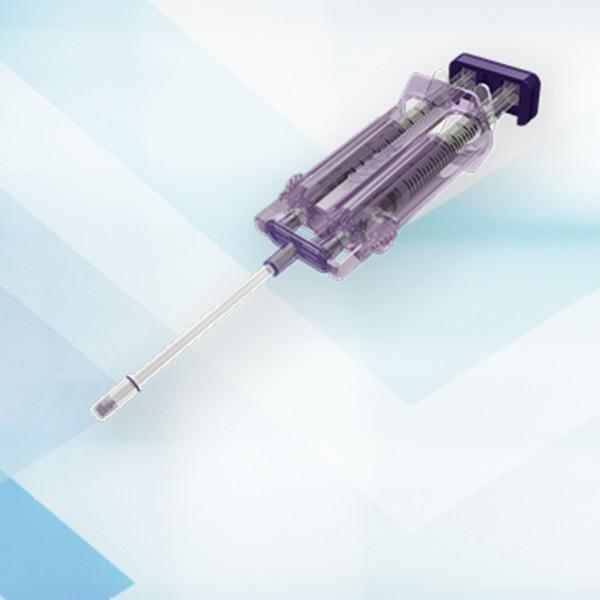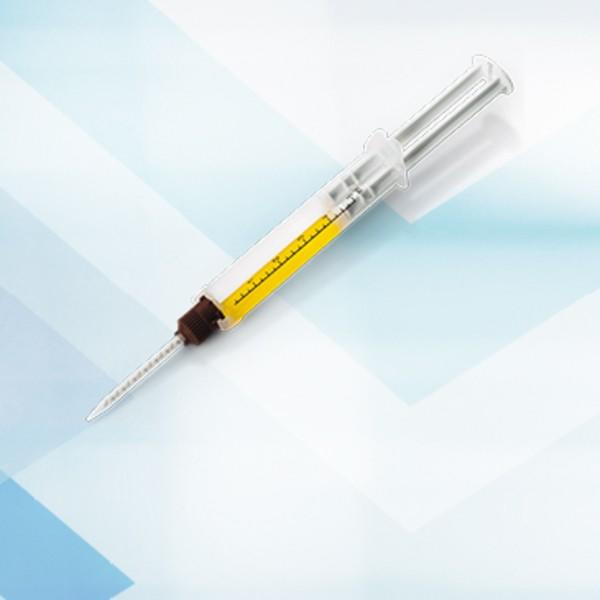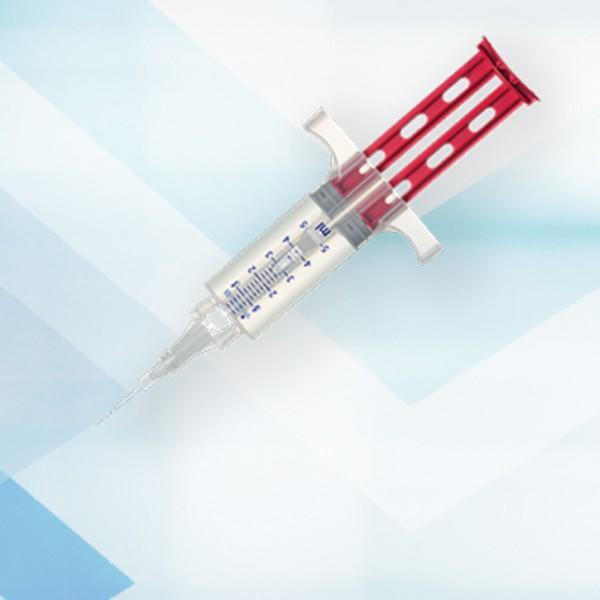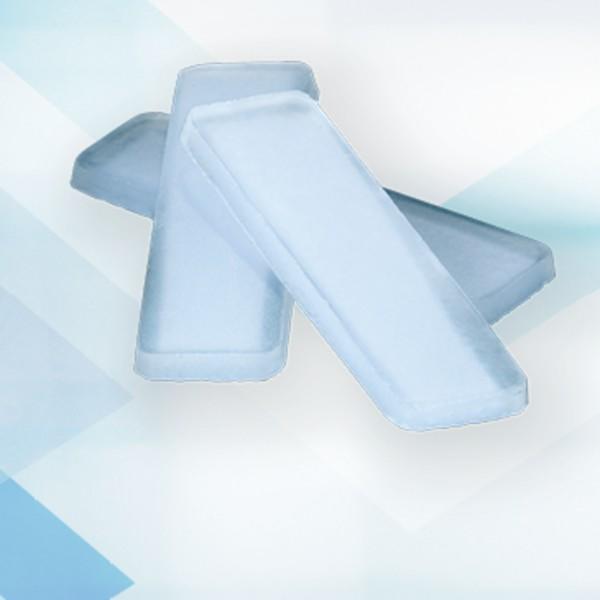Cardiovascular Surgery
Baxter understands that during cardiovascular surgeries blood management is essential to saving lives. Hemostats, sealants and tissue repair products need to work fast and facilitate access to difficult sites. Baxter created its portfolio of products to address those needs during times when life is on the line.
Each cardiovascular procedure provides unique challenges that can cause complications for the healing process. Here are a few examples:
Coronary Artery Bypass Graft (CABG)
In CABG surgeries, hemostats ensure the surgical field is visible and bleeding risks are minimized to optimize postoperative recovery. FLOSEAL, Baxter's flowable hemostat, actively achieves fast hemostasis (2 min median time to hemostasis)1 leading to improved clinical outcomes2 and reduced annual cost of care3.
Aortic Aneurysm Repair
During an aortic aneurysm repair, synthetic sealants can work independently of the coagulation cascade to prevent bleeding4,5. COSEAL, Baxter's fully synthetic sealant, provides a thin, translucent, motion-responsive seal that supports natural vascular dilation and can be sutured through, while allowing for visibility at the suture line6.
Valve replacements or repairs
Valve replacement and repair surgeries, like other major CV procedures, often come with a higher risk of bleeding. TISSEEL fibrin sealant can be used to control diffuse bleeding, such as on the epicardial surface, and is effective in fully heparinized patients undergoing cardiopulmonary bypass.
Related Products
Indications and Important Risk Information
FLOSEAL Hemostatic Matrix Indication
FLOSEAL Matrix is indicated in surgical procedures (other than ophthalmic) as an adjunct to hemostasis when control of bleeding by ligature or conventional procedures is ineffective or impractical.
Full important risk information
Do not inject or compress FLOSEAL Matrix into blood vessels. Do not apply FLOSEAL Matrix in the absence of active blood flow, e.g., while the vessel is clamped or bypassed, as extensive intravascular clotting and even death may result.
Do not use FLOSEAL Matrix in patients with known allergies to materials of bovine origin. Do not use FLOSEAL Matrix in the closure of skin incisions because it may interfere with the healing of the skin edges.
FLOSEAL Matrix contains Thrombin made from human plasma. It may carry a risk of transmitting infectious agents, e.g., viruses, and theoretically, the Creutzfeldt-Jakob disease (CJD) agent.
FLOSEAL Matrix is not intended as a substitute for meticulous surgical technique and the proper application of ligatures or other conventional procedures for hemostasis.
Excess FLOSEAL Matrix (material not incorporated in the hemostatic clot) should always be removed by gentle irrigation from the site of application.
FLOSEAL Matrix swells by approximately 10% to 20% after product is applied. Maximum swell volume is achieved within about 10 minutes.
The safety and effectiveness of FLOSEAL Matrix has not been established in children under 2 years of age and pregnant women.
Do not use air to remove residual FLOSEAL Matrix from Applicator tip. The Applicator tips should not be cut. Do not use FLOSEAL Matrix on bone surfaces where adhesives, such as methylmethacrylate or other acrylic adhesives, will be required to attach a prosthetic device.
Rx Only. For safe and proper use of this device, refer to the full Instructions for Use.
FLOSEAL Full Instructions for Use:
COSEAL [Surgical Sealant] Indications
COSEAL is indicated for use in vascular reconstructions to achieve adjunctive hemostasis by mechanically sealing areas of leakage.
Important Risk Information for COSEAL
COSEAL is not to be used in place of sutures, staples, or mechanical closure.
COSEAL swells up to four times its volume within 24 hours of application and additional swelling occurs as the gel resorbs. Therefore, surgeons should consider the maximum swell volume and its possible effect on surrounding anatomic structures potentially sensitive to compression.
Apply only as a thin layer.
Use caution when applying with pressurized gas.
Do not place devices or other objects on top of tissue where COSEAL has been applied, until the material is fully polymerized (non-tacky).
Do not apply COSEAL over any devices or objects that will need to be removed. COSEAL must not be used as a mechanism of adherence, even temporarily, for any object.
Do not inject COSEAL into vessels.
In vivo testing demonstrated a mild skin sensitization response in an animal model. Similar testing in humans has not been conducted.
Rx only: For safe and proper use of this device, please refer to full device Instructions for Use.
COSEAL Full Instructions for Use



